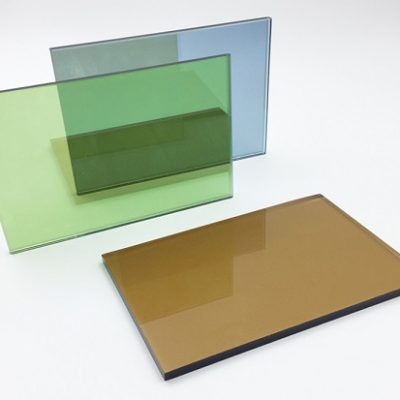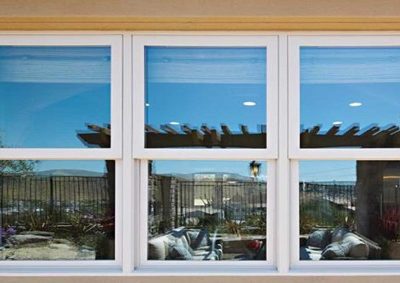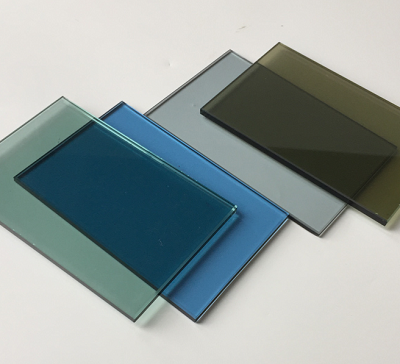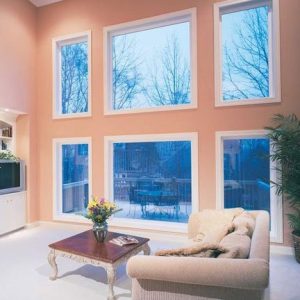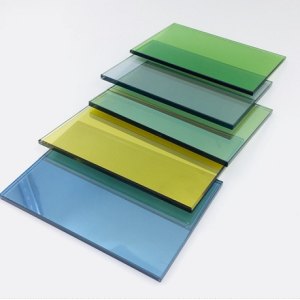Low-E glass, short for low emissivity glass, is a significant innovation in the world of architectural and residential glazing. This type of glass is designed to improve energy efficiency by controlling the transfer of heat through windows while allowing light to pass through. Let’s explore in detail the types, characteristics, and applications of low-E glass.
Low-E glass is manufactured with a thin, virtually invisible metallic coating applied to the surface of the glass. This coating helps to reflect heat, either by reducing the amount of heat that’s transferred through the glass (low-Emissivity) or by allowing specific wavelengths of light to pass while reflecting others (selective-Emissivity).
Types of Low-E Glass:
- Hard-Coat Low-E Glass: Also known as pyrolytic or passive low-E, this type of coating is applied while the glass is still in its molten form during the manufacturing process. It offers durability but might have a slightly higher emissivity compared to soft-coat low-E glass.
- Soft-Coat Low-E Glass: Applied in a vacuum chamber after the glass has been formed and cooled. This method provides better energy efficiency by reflecting more heat and allowing higher light transmission, but it needs to be protected within an insulating glass unit (IGU) due to its delicate nature.

